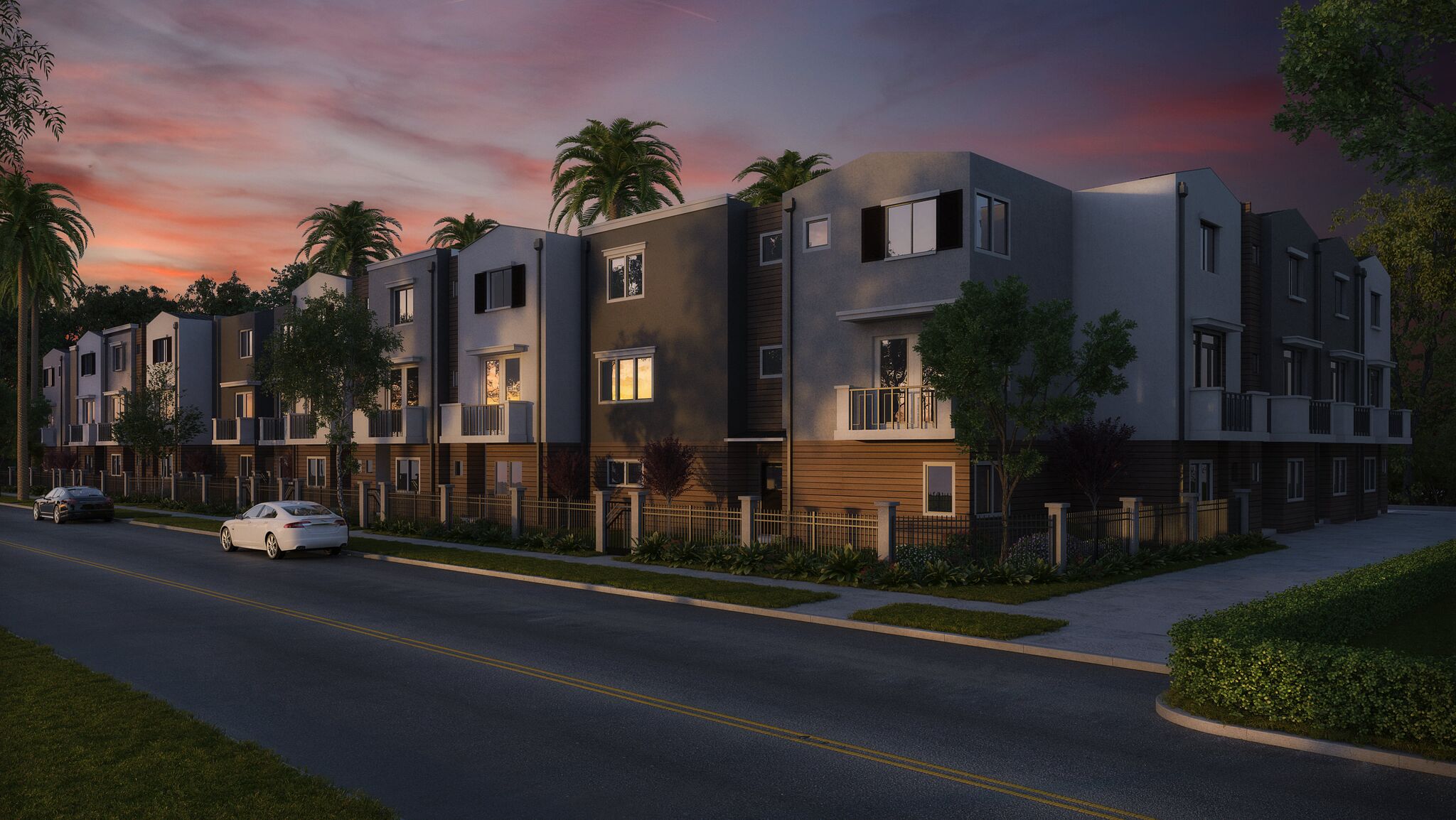How Smart Homes are Changing Home Building

Smart homes, especially smaller smart homes that support green living, are increasingly in demand, and the underlying technology is developing rapidly, allowing for increasing versatility, "intelligence," and "learning."
Smart Homes Are Increasingly Affordable
Home automation is becoming more affordable. In fact, the cost, even as recently as 2010, was 10 times greater than the cost in 2016. More and more people can install the kinds of customized home management systems that once were available only in luxury homes. Home builders now integrate smart technology into the new homes they build, but they also find themselves retro-fitting more and more older homes with smart technology.
Smart Technology is Increasingly Compatible
Integrated smart home technology starts with a hub that acts as the control center for all of the compatible smart devices in the home. Currently, selecting a hub and devices that communicate and work together requires attention during the planning stages of your new home. Different manufacturers use different platforms for their hubs, and the technology is still so new that no standardized approach has emerged.
Smartphone apps can control hubs and individual devices, whether you are at home or away. As platforms become more standardized and manufacturers create more devices that communicate directly with hubs through the sensors connecting the Internet of Things (IoT), you will be able to control your home through the hub with fewer apps for individual devices.
Smart Technology is Increasingly Convenient
Up until now, the hub has been a router-like box, but Amazon has upgraded their voice-activated speaker, Echo, with Alexa, a voice-activated, cloud-based platform. It's an inexpensive, user-friendly hub, and it offers an "If This Then That" (IFTTT) channel. This channel allows you to instruct Alexa to respond to a given situation with a given response. For example, you could instruct Alexa to change the setting on a smart thermostat or turn on the lights at a certain time. It's also easy for manufacturers to create integrated devices for Alexa. Ford, Belkin WeMo, Insteon, Philips Hue, Vivint, SmartThings, Big Ass Solutions (formerly Big Ass Fans), Alarm.com, LIFX, Simple Control, and others either have done so already or have announced plans to do so.
While voice-activation is popular, Samsung, LG Electronics, and others are manufacturing televisions that also operate as hubs. SamSung includes SmartThings compatible Internet of Things (IoT) technology in all 2016 SUHD 4K TVs. LGs 2016 Smart TVs include the upgraded webOS 3.0 Smart TV platform with an IoTV app that allows you to control your LG and other compatible appliances from your TV.
SmartThings compatible devices include door locks, garage door openers, security sensors for windows, motion sensors, security cameras, light bulbs, electric outlets and switches, water leak sensors, smoke detectors, and sensors for lawn and garden irrigation systems. All of these can be installed in new homes or retrofitted into older homes.
The Ultimate Smart Home
The ultimate goal of smart home technology is to create a network, or mesh, of sensors, mobile devices, and in-home devices that work together seamlessly with less need for you to provide instructions. For example, motion detectors would sense when you are getting up in the morning and signal your coffee pot to start and your smart curtains to open. Throughout the day, your smart curtains would respond to sensory cues regarding lighting conditions and adjust the drapes according to your remembered preferences. Your refrigerator, pantry, and cupboards could use package sensors to take inventory and produce a shopping list or order for you.
If, while you're away, your smoke alarm, leak detector, or security system sends an alert to your hub, your hub can forward the alert to your smartphone, possibly with a security camera photo of a potential intruder. If you return home late, your hub could have your exterior and interior lights turned on for you.
Home builders increasingly install smart technology to create a pleasant, intuitive home environment that serves you.


 Mikkie
Mikkie








